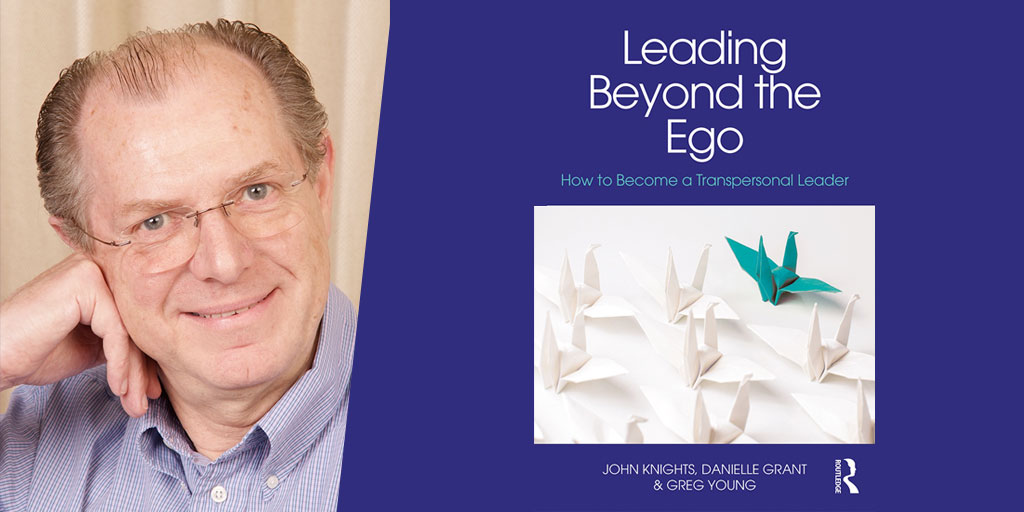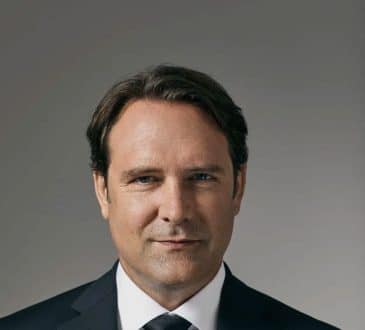Developing the Best Leaders for the 21st Century: How to become a Transpersonal Leader

We are all aware of the ever-increasing pace of change in the 21st Century but broadly speaking we are still identifying and developing leaders in the same old way.
Unsurprisingly, if we look around the world at national, corporate, public sector and not-for-profit leadership, excellent leaders are few and far between.
When identifying future leaders, organizations still tend to favor traditional leadership characteristics of self-confidence, assertiveness, influence, and achievement.
Without good values and emotional intelligence to temper them, they regress to high-ego, aggression, manipulation and ruthlessness, and an obsession for total control.
These traditional characteristics are excellent for climbing the corporate ladder and getting to the top but are inadequate by themselves for the role of a senior leader.
This is the realm of the sociopath which maybe explains why, according to various studies, there is a much higher percentage of them among leaders than in the population overall (and more even than among those incarcerated).
And perhaps it was ever thus. The difference in this century is that we are in the dawn of the information age which renders traditional hierarchies and “need to know” communication methods obsolete and where it is becoming increasingly difficult to hide corruption, abuse, and poor ethical behavior.
We have a unique opportunity and compelling argument to identify and develop the kind of leaders we need at the top, not the ones who are just very good at getting there.
The 21st century is not only bringing rapid change in access to information, communication, technology, societal norms, and globalization but also the different expectations of the younger and future generations.
Global research shows that younger generations want fairness and ethical behavior from their employers and to be able to make a difference in society.
Yet at the same time, we are seeing an increase in polarisation and divisiveness across our societies that is in danger of consuming the movements for cooperation and integration. Moreover, the changes are not only rapid but also volatile, uncertain, complex and ambiguous (to use the VUCA anagram).
We need to have a new way to identify and develop the right kind of leader for now and the future.
The first change we need to make is to re-evaluate how we identify leadership potential. The priority above all else is to find people with the right values and attitudes which must include interest to continually develop and improve themselves, especially in the area of emotional intelligence. This would help identify and exclude the sociopaths for a start.
While a reasonable intellect is necessary, and experience and qualifications should be taken into account, none of these things in themselves make for better leadership
The best leaders of the 21st century are what we call Transpersonal Leaders, who lead beyond their ego. They are radical, ethical and authentic while emotionally intelligent and caring – and yet still focused on enhancing performance. That sounds like a tall order, and indeed it requires individuals to follow a lifelong journey of development and improvement to reach the pinnacle of their capability. But the good news is that everyone can develop to become a better leader than they are or would do just by experience.
There are two main levels at which we need to develop to become Transpersonal Leaders.
The first is fundamentally about becoming more aware of ourselves and those around us and especially how we are impacted by and are able to learn to manage our emotions. The second level is about bringing our mind to full consciousness, at the moment, so we can manage our ego and make the best use of our often sub-conscious values.
This requires understanding how our brain works and in particular how to overcome default stone-age tendencies (i.e. survival in a world of crisis) – and the resultant, often negative, behaviors – in order to perform at our best in today’s world. Through improving our emotional intelligence we also need to develop six distinct leadership styles to be able to operate effectively in all circumstances.
This is a tough ask considering most of us have one and at best two natural styles – but can be achieved by learning new granular behaviors.
We also need to learn how leadership styles impact the climate and culture of an organization and how our behavior can be a positive influence on a performance-enhancing culture. It is also important we maximise our judgment and decision-making capabilities through the understanding of four non-conscious neural processes. And then finally to build a personal touchstone by which we check that every decision we make is consistent with our own values and our purpose.
There is no end to this transpersonal development journey because we will always be battling our own human weaknesses. The good news is that continually increasing our awareness and operating in full-consciousness while maintaining our humility will help us become the best leaders we can be.
Have you read?
Best Hospitality And Hotel Management Schools In The World, 2017.
Best Fashion Schools In The World For 2017.
Best Business Schools In The World For 2017.
Top Non-U.S. Business Schools For Executive MBA In 2018.
Written by: John Knights is co-author, with Danielle Grant and Greg Young, of LEADING BEYOND THE EGO: How To Become A Transpersonal Leader.
Bring the best of the CEOWORLD magazine's global journalism to audiences in the United States and around the world. - Add CEOWORLD magazine to your Google News feed.
Follow CEOWORLD magazine headlines on: Google News, LinkedIn, Twitter, and Facebook.
Copyright 2025 The CEOWORLD magazine. All rights reserved. This material (and any extract from it) must not be copied, redistributed or placed on any website, without CEOWORLD magazine' prior written consent. For media queries, please contact: info@ceoworld.biz











